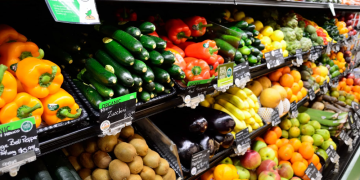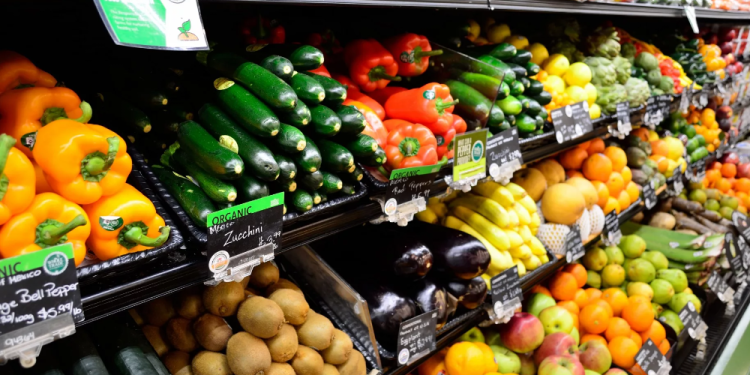#Agriculture #LocalProduce #ImportedVegetables #SupplyChains #ClimateChange #ConsumerDemand #Latvian Agriculture #WeatherImpact #Sustainability #AgriculturalDynamics #FoodSupply
The summer harvest season has brought with it a noticeable influx of imported vegetables in local stores, leaving Latvian consumers pondering the reasons behind the scarcity of homegrown produce on the shelves. Could the lower yield of Latvian vegetables due to early summer droughts and recent destructive storms be responsible for this? This article delves into the factors impacting the availability of locally sourced vegetables and the complex dynamics between weather, supply chains, and consumer demands.
As the season of bountiful vegetable harvests arrives, Latvian stores have witnessed an influx of imported vegetables gracing their shelves. This phenomenon has led to questioning from readers of Latvijas Avīze about the current scarcity of local vegetables and the relatively low abundance of local fruits and berries. A thorough examination of various supermarket offerings reveals a variety of imported vegetables, ranging from Italian and Danish carrots at Rimi, Italian radishes, Moldovan and Macedonian plums, and Turkish cherries.
Even alongside an array of local tomato varieties, one can now find cherry tomatoes hailing from Morocco. Maxima, another prominent supermarket chain, offers Lithuanian carrots, Dutch and Polish blueberries, Swedish potatoes, Polish radishes, and red cabbage. To uncover the reasons behind this surge in imported produce and its implications, Latvijas Avīze inquired about the procurement processes in supermarkets and whether the meteorological conditions of the current year have disrupted the supply of local harvest.
Inga Bīte, the Public Relations Representative of Rimi Latvia, elucidated that during the season, the primary focus lies in ensuring a comprehensive assortment of local fruits and vegetables in stores. However, the erratic weather conditions of this year have significantly impacted the local harvest, resulting in the need to replenish the shelves with foreign produce.
For instance, Latvian blueberry suppliers were severely affected by spring frosts that damaged their plantings. Laura Bagata, Corporate Communications Manager at Maxima Latvija, emphasizes that the supermarket chain always strives to prioritize local products. Yet, during off-season periods, to sustain a diverse vegetable selection throughout the year, they engage partners from other countries.
The current situation in Latvian stores, characterized by an increased presence of imported vegetables, raises several questions about the delicate balance between local agriculture, weather conditions, and international supply chains. While the preference for local produce remains strong, unpredictable weather patterns and the necessity for a year-round variety force supermarkets to import vegetables to meet consumer demand. As agronomists, agricultural engineers, farmers, and scientists continue to explore sustainable ways to mitigate the impacts of climate change on agriculture, collaborative efforts between local and global sources might be the key to ensuring a consistent supply of fresh produce on the shelves.


































